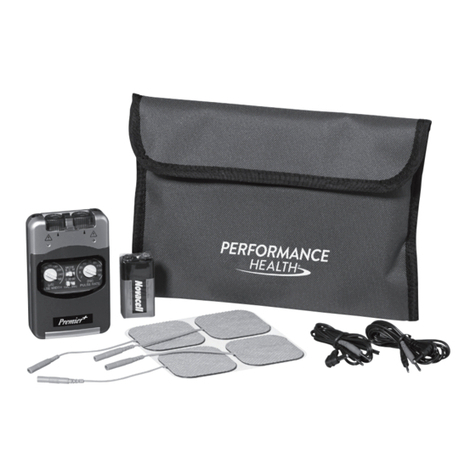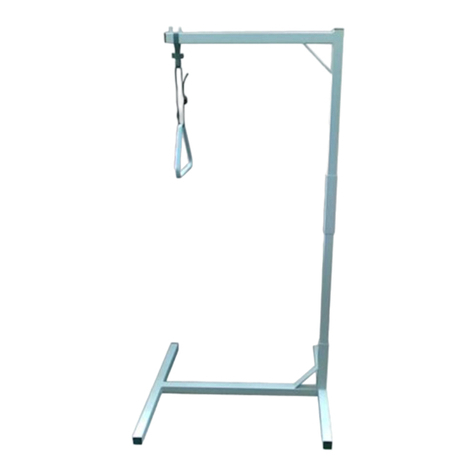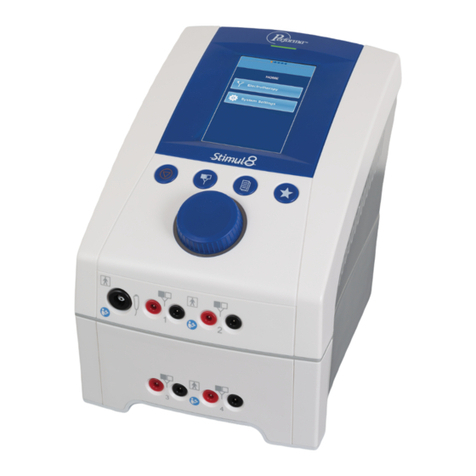
Contents iii
Shoulder Internal/External in Abducted Position.................................62
Shoulder Flexion/Extension..................................................................65
Shoulder Abduction/Adduction ...........................................................68
Shoulder Horizontal Abduction/Adduction ..........................................73
Elbow Flexion/Extension.......................................................................77
Forearm Pronation/Supination .............................................................80
Wrist Flexion/Extension ........................................................................82
Wrist Radial/Ulnar Deviation.................................................................85
Lumbar Stabilization in Sitting Position on Therapy Ball ....................87
Lumbar Mobility.....................................................................................91
Body Mechanics Instruction ................................................................94
Lumbar Stabilization During Bridge .....................................................98
Lumbar Stabilization in Quadruped Position .....................................102
Lumbar Stabilization during Prone Walk-Outs with Therapy Ball.....105
Lumbar Stabilization in Plank Position...............................................108
Hip Hike................................................................................................111
Hip Abduction/Adduction ...................................................................112
Hip Flexion/Extension: Standing Flexion ..........................................115
Hip Flexion/Extension: Standing Extension.......................................118
Hip Internal/External Rotation ............................................................120
Knee Flexion/Extension: LAQ .............................................................123
Knee Flexion/Extension: Seated Hamstring Curl...............................126
Knee Flexion/Extension: Standing Hamstring Curl............................129
Knee Flexion/Extension: Terminal Knee Extension ...........................131
Knee Flexion/Extension: Closed-Chain Squat...................................133
Knee Flexion/Extension: Unilateral Squat..........................................137
Knee Flexion/Extension: Squat and Hold...........................................141
Knee Flexion/Extension: Step-Up ......................................................144
Knee Varus/Valgus ..............................................................................146
Ankle Dorsiflexion/Plantarflexion........................................................149
Ankle Inversion/Eversion.....................................................................151
Core:Tx Creative Solutions.................................................................155
CVA: Midline Orientation.....................................................................155































